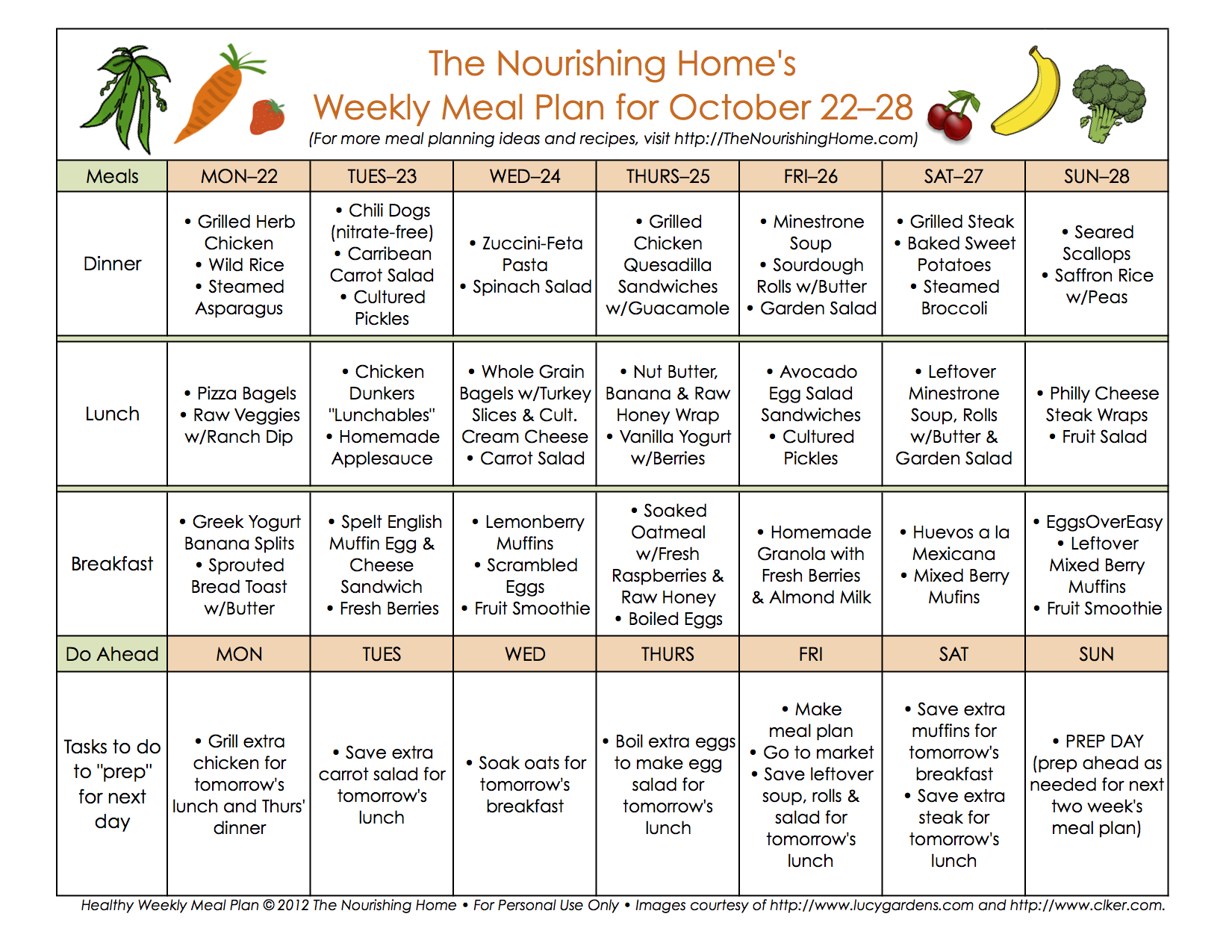

Nourishing Your Body with Vitality
The Raw Food Diet Plan has gained attention for its emphasis on consuming unprocessed, nutrient-rich foods in their natural state. Let’s explore the principles, benefits, and considerations of this diet, which centers around the belief that raw foods preserve their essential nutrients.
Understanding the Raw Food Diet Plan
At its core, the Raw Food Diet is a plant-based dietary approach that encourages the consumption of uncooked, unprocessed foods. This includes fruits, vegetables, nuts, seeds, and sprouted grains. Advocates believe that cooking diminishes the nutritional value of food, and by consuming raw foods, individuals can maximize their nutrient intake.
The Power of Enzymes and Nutrient Retention
One of the primary principles of the Raw Food Diet is the belief in the preservation of enzymes through uncooked foods. Enzymes play a crucial role in digestion and various physiological processes. Proponents argue that raw foods retain these enzymes, enhancing digestion and nutrient absorption.
Abundant Micronutrients for Optimal Health
Raw fruits and vegetables are rich sources of essential vitamins, minerals, and antioxidants. The Raw Food Diet, with its emphasis on a variety of colorful, raw plant foods, ensures a broad spectrum of micronutrients that contribute to overall health and well-being.
Natural Hydration and Fiber Benefits
Many raw fruits and vegetables have high water content, contributing to natural hydration. Additionally, the fiber content in raw foods supports digestive health, regulates blood sugar levels, and promotes a feeling of fullness, aiding in weight management.
Potential Weight Loss and Increased Energy
The Raw Food Diet is often associated with weight loss due to its focus on whole, nutrient-dense foods with lower calorie density. Additionally, individuals may experience increased energy levels, as raw foods are easily digestible and provide a sustained release of energy.
Considerations for Protein and Nutrient Balance
While raw foods offer an abundance of micronutrients, ensuring an adequate intake of protein and certain nutrients may require careful planning. Incorporating a variety of plant-based protein sources, such as nuts, seeds, and legumes, is essential for maintaining a balanced diet.
Addressing Food Safety Concerns
Raw food enthusiasts must be mindful of potential food safety concerns associated with consuming uncooked foods. Proper washing, handling, and sourcing of raw ingredients are crucial to mitigate the risk of foodborne illnesses.
Gradual Transition and Individual Adaptation
Transitioning to a Raw Food Diet is often recommended to be gradual, allowing the body to adapt to the increased intake of raw, plant-based foods. This approach may enhance the likelihood of sustained adherence to the diet.
Community and Lifestyle Integration
Engaging with a community of individuals following a Raw Food Diet can provide support, share recipes, and offer insights. Additionally, integrating the principles of the Raw Food Diet into one’s lifestyle involves mindful food choices, culinary creativity, and a commitment to overall well-being.
Exploring Raw Food Diet Plan with CloudFeed
For those intrigued by the Raw Food Diet Plan, CloudFeed offers a platform for exploration and support. Discover personalized meal plans, nutritional guidance, and connect with a community of individuals embracing the Raw Food Diet on CloudFeed. Begin your journey to nourishing your body with vitality.
In conclusion, the Raw Food Diet Plan offers a unique perspective on nutrition, emphasizing the consumption of unprocessed, raw plant foods for optimal health. While it comes with potential benefits, it requires careful consideration of nutrient balance and food safety. Platforms like CloudFeed can provide valuable resources and community support for individuals looking to adopt and sustain the principles of the Raw Food Diet.
